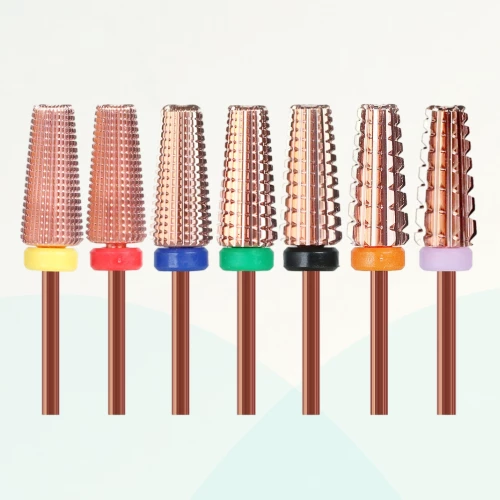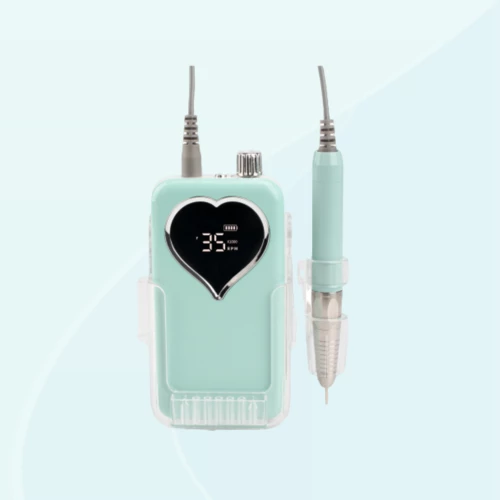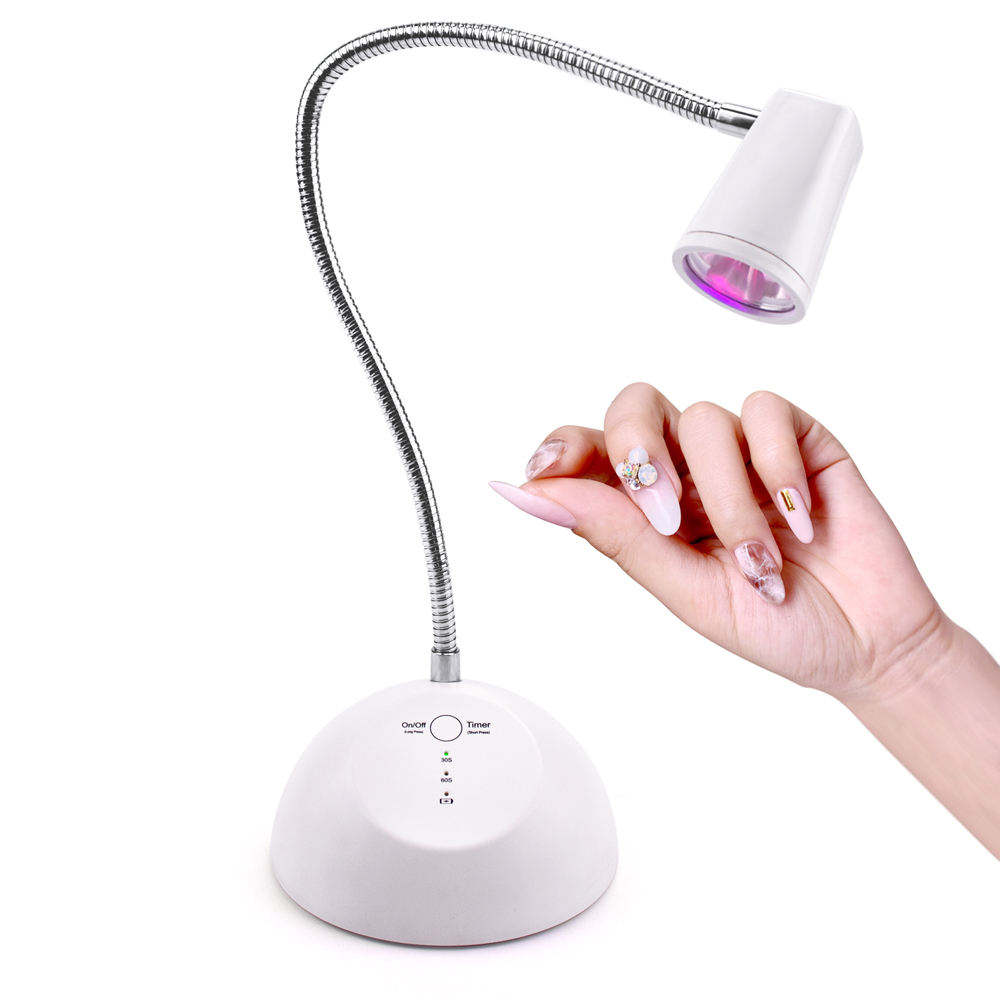When it comes to the nail industry, a lámpara de uñas is an indispensable tool. Whether you're doing your own manicure at home or working at a professional nail salon, a high-quality manicure light can give you better results. In this article, we’ll explore all aspects of nail lamps, including types, tips for using them, and how to choose the one that’s best for you.
After reading this, if you still have questions about nail lamps, or if you want to find a high-quality nail lamp supplier, you might as well try youvi. As a professional manufacturer, youvi can provide you with high-quality products and detailed ordering information. Welcome to contact us. Get the latest quote!
First, let’s understand the basic principles of a nail lamp. A manicure lamp is a special lighting device that uses ultraviolet or LED light sources to cure nail polish on nails. This curing process allows the nail glue to dry quickly, resulting in longer lasting nails and better protection.
Depending on the light source, nail art lamps can be divided into two main types: UV lamps and LED lamps. UV lamps use UV tubes as the light source, while LED lamps use LED chips. In comparison, LED lights are more popular because they are more energy efficient, last longer and do not generate excessive heat. In addition, LED lights can also provide more stable and uniform light, resulting in better nail art effects.
There are several factors to consider when choosing a nail lamp. The first is power. The power of a nail lamp is usually expressed in watts (W). The higher the power, the shorter the curing time. Generally speaking, nail art lamps between 15W and 60W can meet the needs of most people. If you are a professional manicurist, it is recommended to choose a nail art lamp with higher power to improve work efficiency.
Second is the wavelength of light. Different types of nail polish require different wavelengths of light to cure. The wavelength of most LED nail lamps is between 365 nanometers and 405 nanometers, while the wavelength of UV lamps is usually between 320 nanometers and 400 nanometers. When purchasing a nail lamp, make sure its light wavelength is suitable for the nail gel you are using.
Another important factor is the arrangement within the lamp. The bulb arrangement of the nail lamp will directly affect the uniformity and coverage of the light. Some high-end nail lamps adopt a 360-degree all-round illumination design to ensure that each nail can receive even light. This can reduce the problem of uneven drying of manicure and improve work efficiency.
In addition to the above points, there are some additional features to consider. For example, some nail lamps are equipped with a timer function that can automatically control the curing time. This is great for special nail art techniques that require precise timing. In addition, some manicure lamps also have sensors that only turn on when your finger is placed inside the lamp to save energy and extend the life of the light source.
There are some tips that can help you get better results when using a nail lamp. First, make sure each nail is illuminated evenly to avoid the problem of uneven light. Secondly, set the curing time according to the requirements of the nail glue, and do not over-cure or under-cure. Finally, pay attention to the safe use of nail polish lamps and avoid prolonged exposure to ultraviolet rays or LED light to avoid adverse effects on the skin.
All in all, a manicure lamp is an essential tool in the manicure process. By choosing the type and power that suits your needs, using your nail light wisely, and following usage tips, you can achieve long-lasting, beautiful manicure results. We hope that the introduction in this article can help you better understand the nail art lamp and bring convenience and success to your nail art work.









